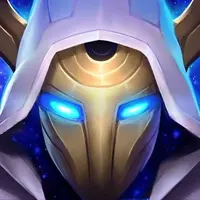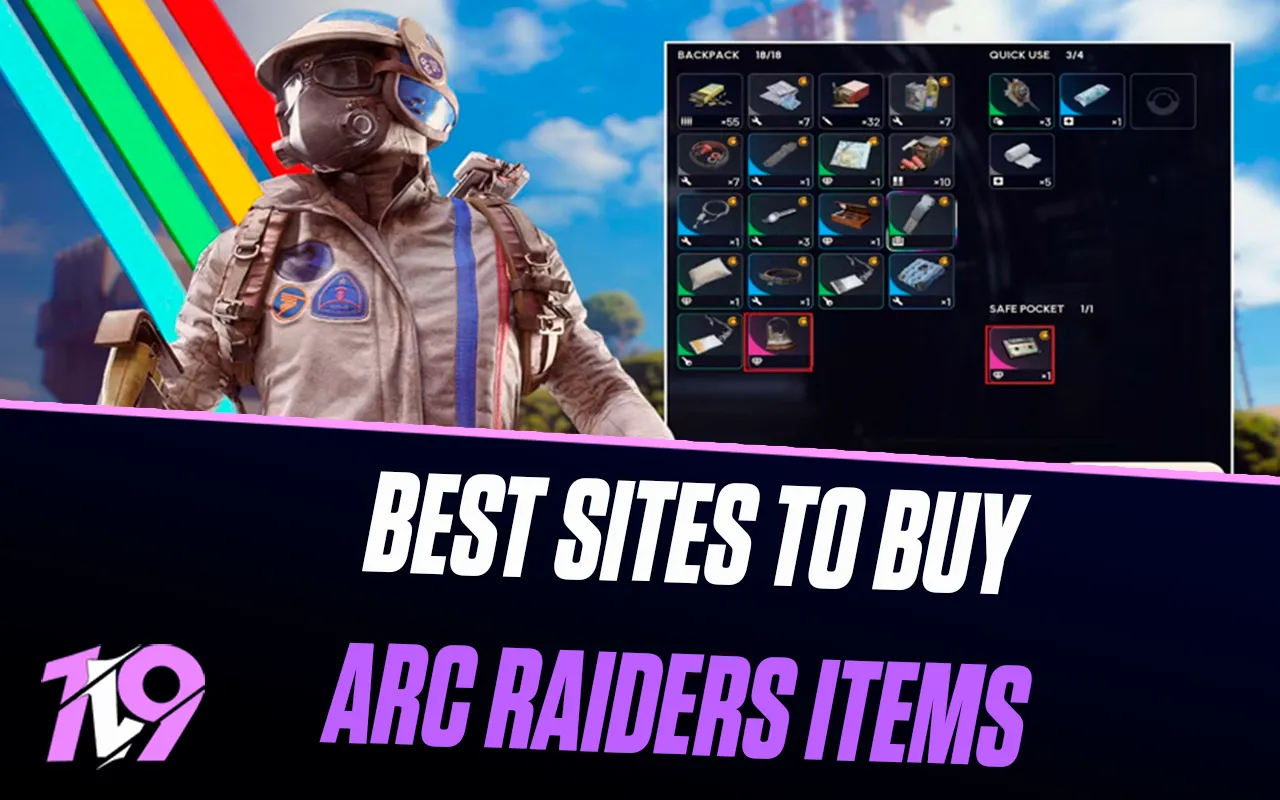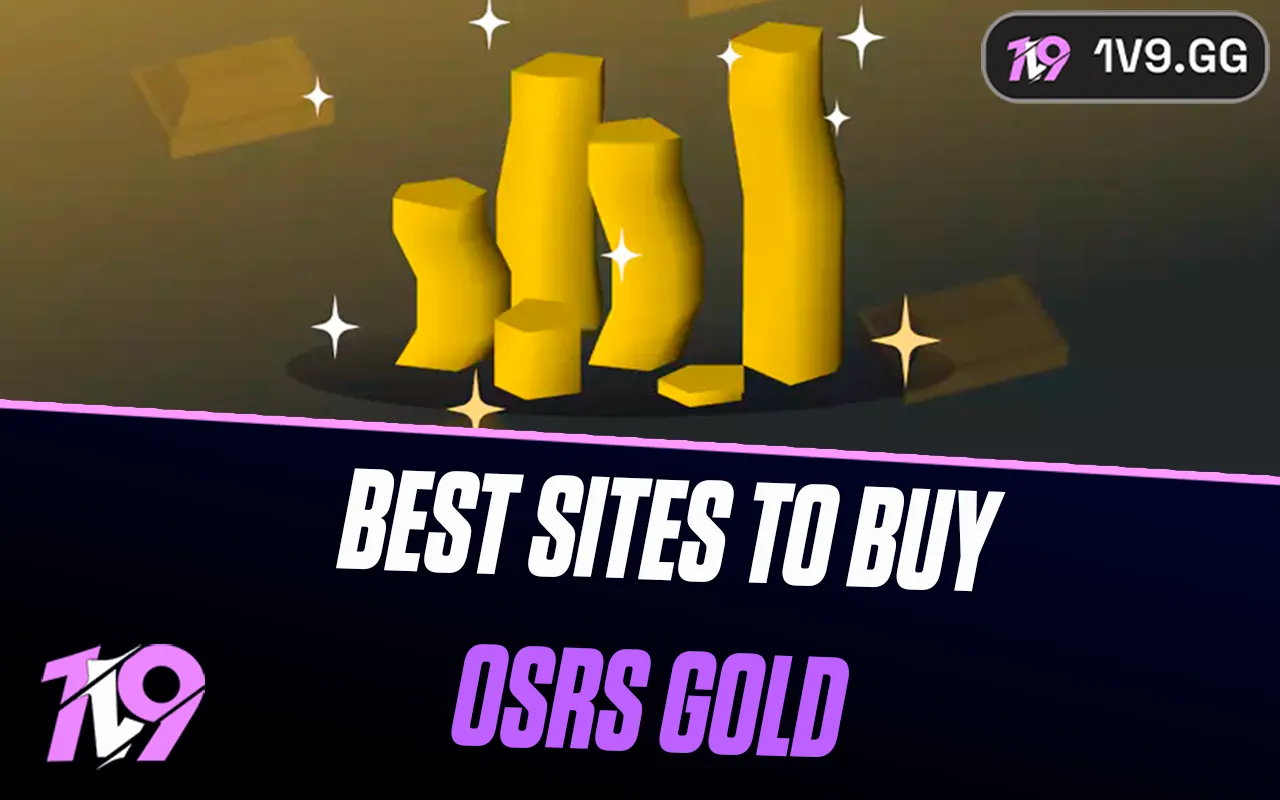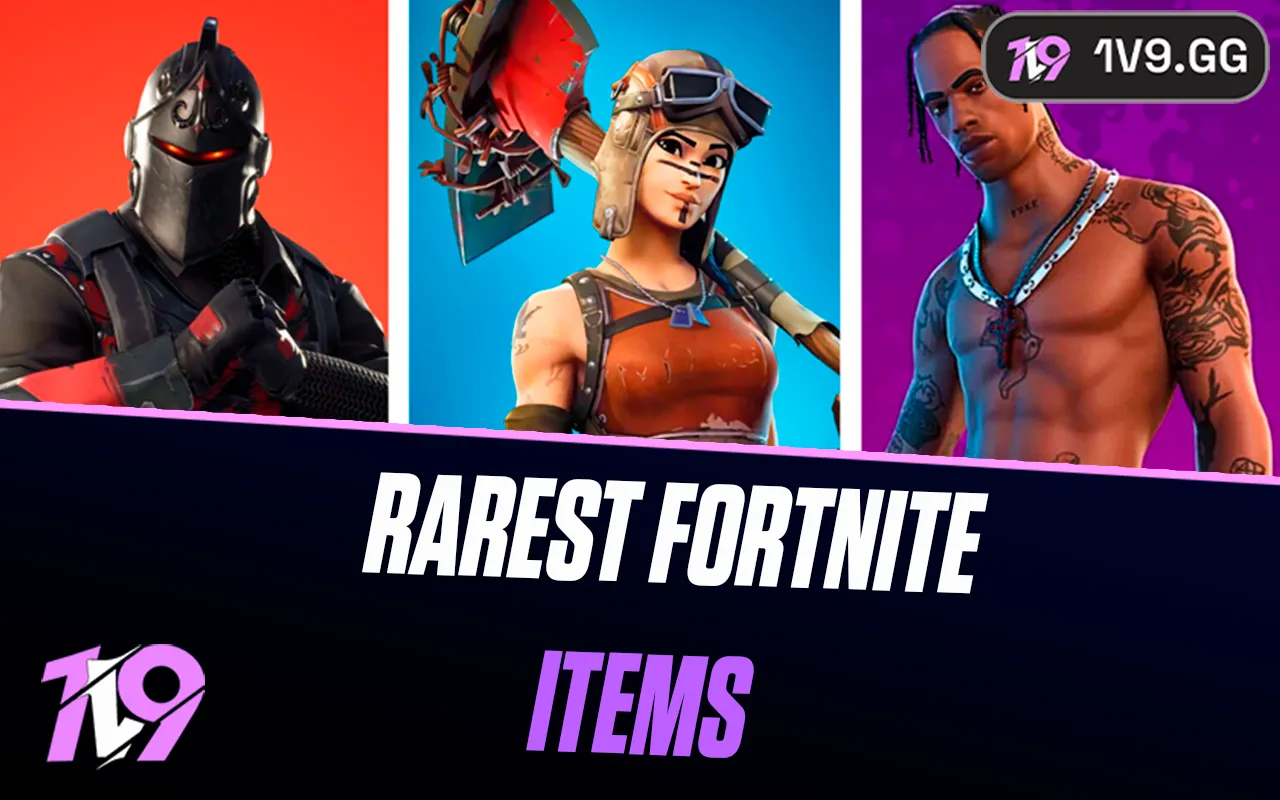- Home
Games
 League of Legends
League of Legends Valorant
Valorant-a6d5b3e156bb.webp) Fortnite
Fortnite Call of Duty
Call of Duty Clash of Clans
Clash of Clans GTA 5
GTA 5 Counter-Strike 2
Counter-Strike 2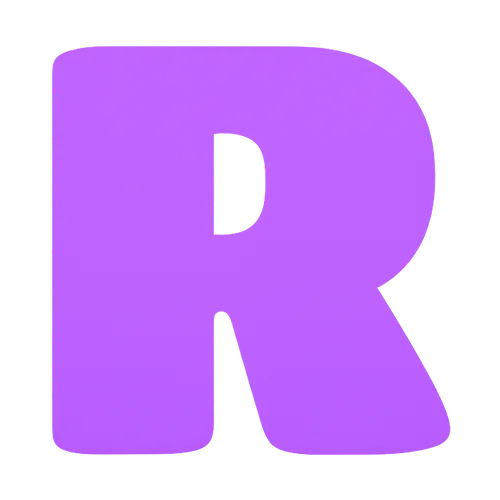 Roblox
Roblox Rainbow Six Siege
Rainbow Six Siege Clash Royale
Clash Royale Minecraft
Minecraft Dota 2
Dota 2 Rocket League
Rocket League Genshin Impact
Genshin Impact Squad Busters
Squad Busters Rust
Rust Apex Legends
Apex Legends Pokemon Go
Pokemon Go XDefiant
XDefiant Hay Day
Hay Day Diablo 4
Diablo 4 LoL: Wild Rift
LoL: Wild Rift World of Warcraft
World of Warcraft FC 25
FC 25 Destiny 2
Destiny 2 Marvel Rivals
Marvel Rivals The Finals
The Finals Deadlock
Deadlock-9ede9dc6b01b.webp) PUBG Mobile
PUBG Mobile Forza Horizon 5
Forza Horizon 5 Growtopia
Growtopia Honkai: Star Rail
Honkai: Star Rail Warframe
Warframe 8 Ball Pool
8 Ball Pool Zenless Zone Zero
Zenless Zone Zero Path of Exile
Path of Exile Runescape 3
Runescape 3 Raid: Shadow Legends
Raid: Shadow Legends Lost Ark
Lost Ark WoW: Classic Era
WoW: Classic Era Summoners War
Summoners War WoW: Season of Discovery
WoW: Season of Discovery WoW Cataclysm
WoW Cataclysm WoW: Hardcore
WoW: Hardcore Throne and Liberty
Throne and Liberty Escape From Tarkov
Escape From Tarkov Mobile Legends
Mobile Legends New World
New World Path of Exile 2
Path of Exile 2 Blade Ball
Blade Ball Fisch
Fisch Pet Simulator 99
Pet Simulator 99 Pets Go
Pets Go-d8bcef7708c7.webp) One Piece Bounty
One Piece Bounty Anime Adventures
Anime Adventures Blox Fruits
Blox Fruits Adopt Me
Adopt Me Murder Mystery 2
Murder Mystery 2 Fragpunk
Fragpunk Wuthering Waves
Wuthering Waves Teamfight Tactics
Teamfight Tactics Free Fire
Free Fire Albion Online
Albion Online Black Desert Online
Black Desert Online Brawl Stars
Brawl Stars Honor of Kings
Honor of Kings Arena of Valor
Arena of Valor Call of Duty: Mobile
Call of Duty: Mobile Rematch
Rematch Steal a Brainrot
Steal a Brainrot Grow a Garden
Grow a Garden FC 26
FC 26 Old School Runescape
Old School Runescape Plants vs Brainrots
Plants vs Brainrots Overwatch 2
Overwatch 2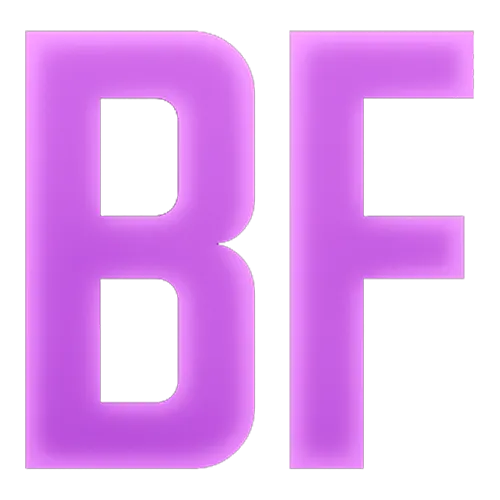 Battlefield
Battlefield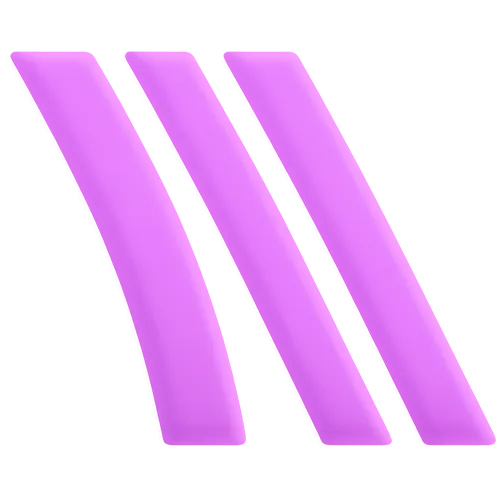 Arc Raiders
Arc Raiders Dragon Ball Legends
Dragon Ball Legends Fallout 76
Fallout 76 Jailbreak
Jailbreak Type Soul
Type Soul GPO
GPO DonutSMP
DonutSMP- Lootboxes
- Become Affiliate
- Blog
- Contact Us
- Sign In

League of Legends: Top 6 Skins That Are Banned in Pro Play
League of Legends boasts a vast array of champions, each adorned with unique skins. While champions like Ezreal and Lux enjoy a plethora of skin options, other champions languish without new skins for years. With over 1500 skins in the game, chances are you’ve encountered many during your gameplay. However, not all skins are permitted in professional play.
Riot Games does not publicly list all the skins banned in pro play, but certain skins have been recognized by both the community and Riot as unsuitable for competitive matches. The reasons for banning certain skins in professional settings typically fall into one of three categories: limited availability, potential to give an unfair advantage, or having particles and animations that are difficult to see.
Let’s delve into the specific skins that are banned in professional League of Legends and understand why they are excluded from high-level competitive play.
#1: Elementalist Lux

Elementalist Lux, an ultimate skin released in 2016, is notably absent from professional League of Legends play. This exclusion is primarily due to the skin's complex visual effects. Elementalist Lux features a variety of particle effects and animations that are significantly different from her default skin, which can make her abilities harder to see and track in the heat of competition. Additionally, the ability for players to change the color of her effects during the game complicates visual clarity, presenting potential unfair advantages in recognizing and reacting to her abilities.
Despite its ban in professional play, Elementalist Lux remains a fan favorite in regular matches, celebrated for its aesthetic appeal and the customization it offers, making it one of the most visually distinct and popular skins on Summoner's Rift.ç
#2: iBlitzcrank

iBlitzcrank, a skin released in 2013, is another addition to the list of skins banned in professional League of Legends play. The primary concern with this skin stems from its unique Q animation, which is markedly different from Blitzcrank's other skins. This variation can make it more challenging for opponents to anticipate and react to his hook, as the animation does not align well with the actual hitbox—leading to claims of the skin providing a "pay-to-win" advantage.
While iBlitzcrank offers a sleek, robotic aesthetic that many players enjoy, its exclusion from professional play is widely regarded as a positive step. This is particularly true among support mains, who find playing against this specific skin version of Blitzcrank particularly daunting due to the deceptive nature of its skillshot.
#3: Dragon Trainer Heimerdinger

Although Heimerdinger is a rare sight in professional League of Legends play, his Dragon Trainer skin, released in 2018, is notably banned from competitive matches. One of the primary reasons for this restriction is related to the skin's Q ability—where Heimerdinger deploys dragon-themed turrets that feature distinctly different animations from his standard skins. The unique visual and animation effects of these turrets can potentially affect gameplay clarity, making it difficult for opponents to accurately judge the turret's actions and impacts.
Moreover, all of Heimerdinger's abilities in the Dragon Trainer skin diverge visually from his other skins, contributing further to the decision to restrict this skin in professional play. While this skin is beloved for its creative design and fun animations, its absence in the pro scene doesn't stir strong opinions, possibly due to Heimerdinger's infrequent selection in these games.
#4: PAX Sivir

PAX Sivir, a skin steeped in exclusivity, was initially made available to attendees of early PAX events, making it a rare collector's item. Due to its limited release at in-person events, there are no legal means to acquire the original version of this skin today. This exclusivity is the primary reason PAX Sivir is banned in professional League of Legends play. Riot Games aims to promote skins that are accessible to all players for purchase. Showcasing a skin that cannot be bought does not align with their marketing strategy.
While it's disappointing to see such unique skins excluded from professional play, the rationale is understandable. Riot prefers to highlight skins that are readily available to the broader player base, ensuring that what fans see in professional matches can also be part of their personal experience in the game.
#5: Riot Singed

Riot Singed is one of the most exclusive skins in League of Legends, rarely seen in the wider player base due to its limited availability. Originally distributed to attendees of Gamescom in 2010, this skin has become a rare collectible over the years. Its exclusion from professional play primarily stems from its inaccessibility—new players and even many veterans simply cannot obtain it.
Given the skin's scarcity and Riot Games' focus on promoting skins that all players can potentially acquire, Riot Singed is understandably banned from professional matches. While its absence may be felt by some, the general consensus understands and accepts the logic behind keeping such exclusive content out of the professional arena.
#6: Draven Draven

"Draven Draven" stands out as the only April Fools' event skin on our list, introduced in 2016. Often considered his least appealing skin, "Draven Draven" is distinctive primarily because it features an exaggeratedly large head on the champion, while the rest of the skin closely mirrors his base model, including the axes. This peculiar alteration in appearance, particularly the increased head size, might contribute to its exclusion from professional play, although the specific reasons aren't explicitly stated by Riot.
Moreover, the unavailability of the "Draven Draven" skin for purchase could also be a factor in its prohibition in professional settings, aligning with Riot’s policy of promoting only those skins that are accessible to the general player base.
While Draven has more visually and thematically impressive skins like Soul Reaver and Gladiator, the ban of "Draven Draven" in professional play hardly impacts the champion's presence in the league, given the skin's comedic and less competitive nature.
Conclusion
Skins add a layer of visual flair and personal expression to the game. However, not all skins make it to the professional stage. The exclusion of certain skins in professional play, as we've explored, often stems from issues related to visibility, availability, or simply maintaining a level playing field. While skins like Elementalist Lux and iBlitzcrank are banned due to their potentially game-altering effects, others like PAX Sivir and Riot Singed are excluded due to their limited availability, ensuring that all players have equal access to game content.
Understanding why these skins are banned not only sheds light on Riot Games' commitment to fairness and transparency but also helps players appreciate the balance between creativity and competitive integrity. Whether for casual or professional play, League of Legends continues to offer a diverse range of skins, ensuring that every player can find something that suits their style without compromising the game's competitive nature.
Posted On: April 29th, 2024
Recent Articles
💬 Need help?
Our 1v9 support team is available 24/7 to help you with any questions or issues you may have.
support@1v9.gg
Loading...
1v9.gg is not endorsed or affiliated by any game developers or publishers.
2025 1v9, All Rights Reserved, Created By NightDev
